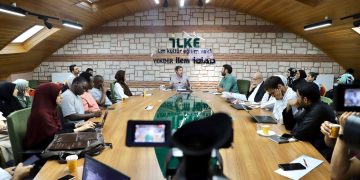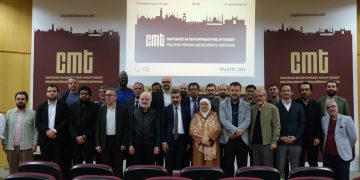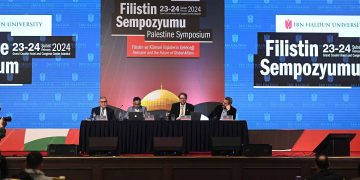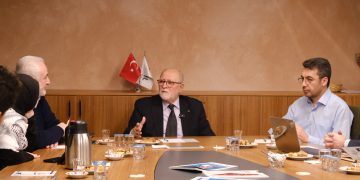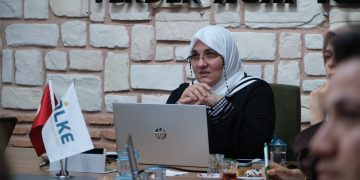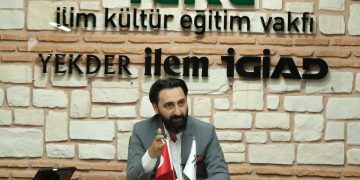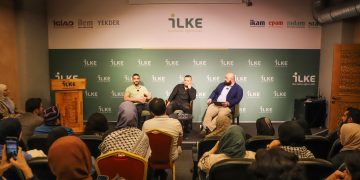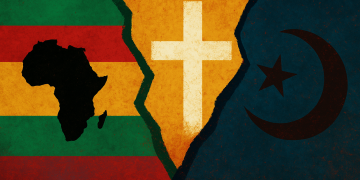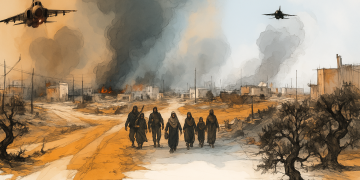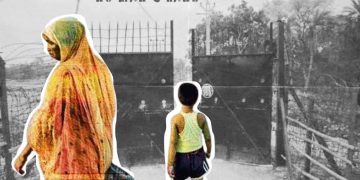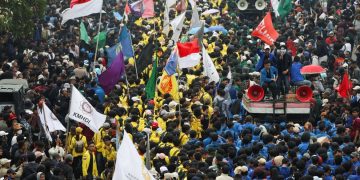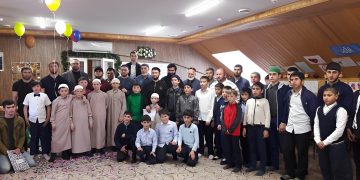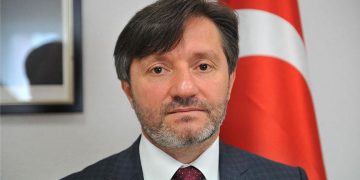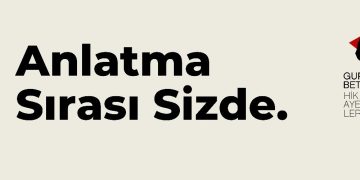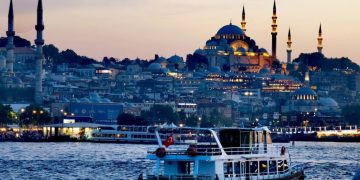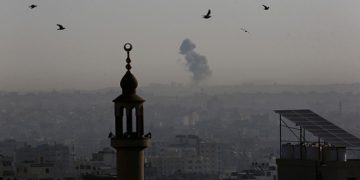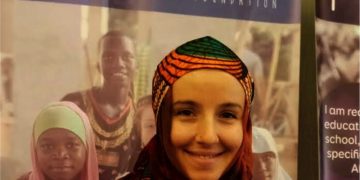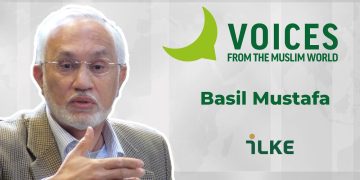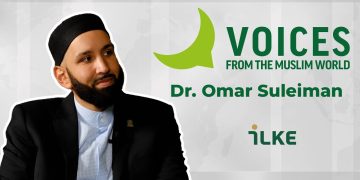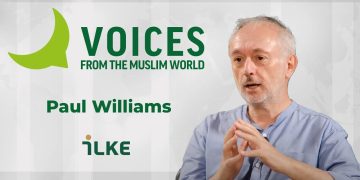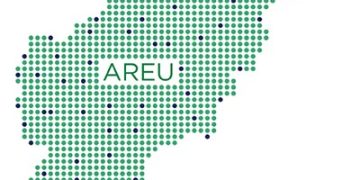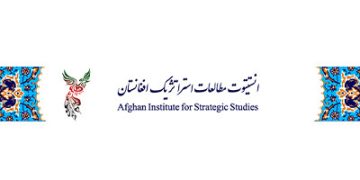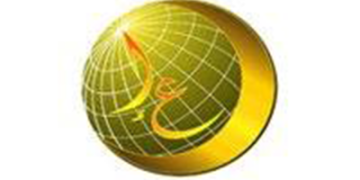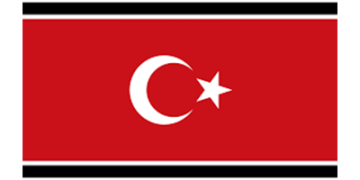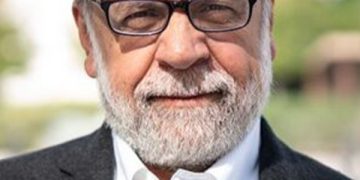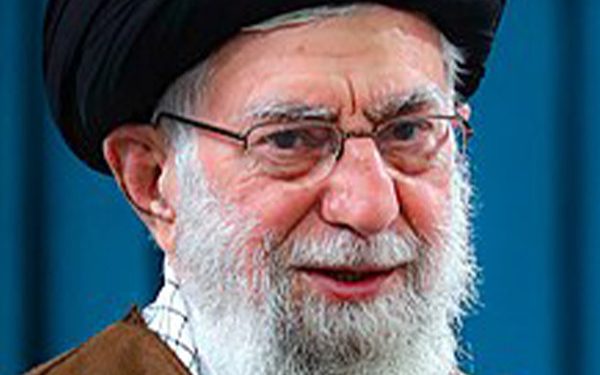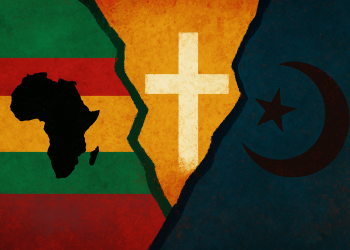He was born in 1939 in Mashhad, Iran. He was the son of Ayatollah Seyyed Jawad Husseini and Seyyed Hashim Najafabadi, one of the Azerbaijani Turks. At the age of four, he was sent to Quranic courses. During his high school years, he studied in Jami-el-Muqaddemat, Sarf and Nahw’havza. He studied literature, usul al fiqh, satih al fiqh and muqaddamat from his father. Islam and Islamism have been the fundamental principles of Khamenei’s life. At the age of 13, a speech by the anti-Shah fundamentalist cleric Nawab Safavi pushed Khamenei down the path of anti-Shah movements, and Khamenei began to support the ideology of Safavi’s Fedayan-e-Islam movement, which justified terrorism against the Shah’s government. Khamenei went on to translate two books by Sayyid Qutb, the father of modern Islamism.
In 1962, Khamenei became a student of Ayatollah Ruhollah Khomeini and participated in Khomeini’s protests against the Shah. In 1963, he joined Ayatollah Khomeini’s organization, the Islamic Movement. In the second half of the 1970s, Shah Mohammad Reza Pahlavi wanted to expel Ali Khamenei from Iran, but he was not exiled due to the growth of Khomeini’s Islamic Movement. In 1978, after the Iranian Revolution, Ayatollah Khomeini returned to Iran and appointed Ali Khamenei as a member of the Supreme Council. For this reason, he moved from Mashhad, where he had been residing, to the capital Tehran. In 1979, he became Iran’s deputy defense minister and a member of Iran’s Supreme Defense Council. He served during the Iran-Iraq War and was wounded in 1981 in an attack on the Abuuzer Mosque.
In 1981, he was elected in the presidential elections and became the 3rd President of Iran. His predecessor, Mohammad Ali Rajai, was killed in a bomb attack in 1981. In 1989, following the death of Khomeini in 1989, he was elected religious leader at the request of Hashemi Rafsanjani. In 2014, he was diagnosed with cancer and has been hospitalized from time to time (The Editors of Encyclopaedia Britannica, n.d.). Khamenei is known as Sayyid because of his ancestry to Prophet Hussein. He had a total of 8 years of education in Iraq and Najaf. His father was also an Ayatollah like him. He attended the scholarly councils of Ayatollah Boucverid and Ayatollah Shaharti. He favored a strong central government under the leader, partly to prevent the influence of foreign powers in domestic politics. The constitutional amendments adopted in a referendum in July loosened qualifications, abolished the office of prime minister and strengthened the presidency, giving the leader considerable power to oversee and intervene in political affairs.
Khamenei’s thinking centered on themes of liberation from Western oppression and the adoption of state planning as a tool of social engineering. Khomeini framed the Islamic Revolution not only as a struggle against the Shah, but also against perceived Western domination. Khamenei saw Iran’s nuclear quest as an expression of Iran’s independence from Western (i.e. US) hegemony. The Supreme Leader described the United States as a “bully” that “takes advantage of the weakness of Islamic countries”. In October 2014, Khamenei claimed that the US and Britain created ISIS as a tool to fight Iran and “create insecurity” in the region. As a result, Khamenei believes that “Islam” is fighting the US in a “righteous” struggle against the “Great Satan” (Vural Jane, 2019).”
References
The Editors of Encyclopaedia Britannica. (2023, March 13). Ali Khamenei. Encyclopedia Britannica. https://www.britannica.com/biography/Ali-Khamenei
Vural Jane, H. (2019). Velayeti Fakih ve İran dış politikası: Ali Hamaney`in konumu (Doctoral dissertation). Yıldız Teknik University, Istanbul.

